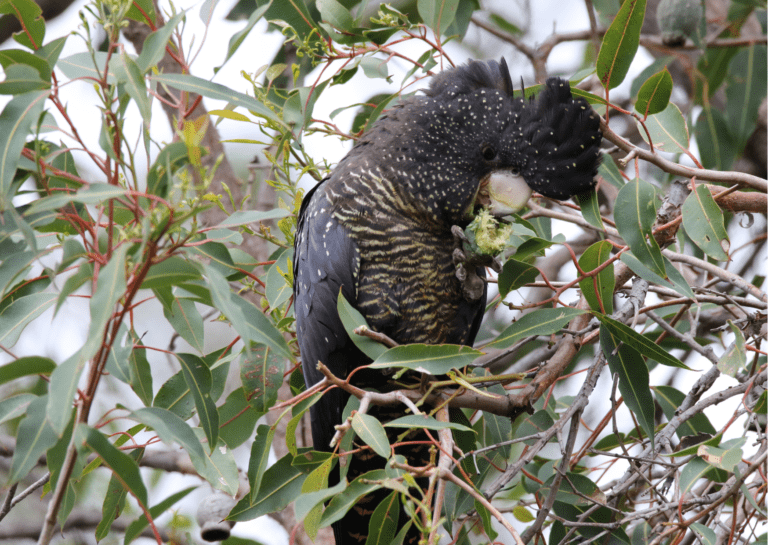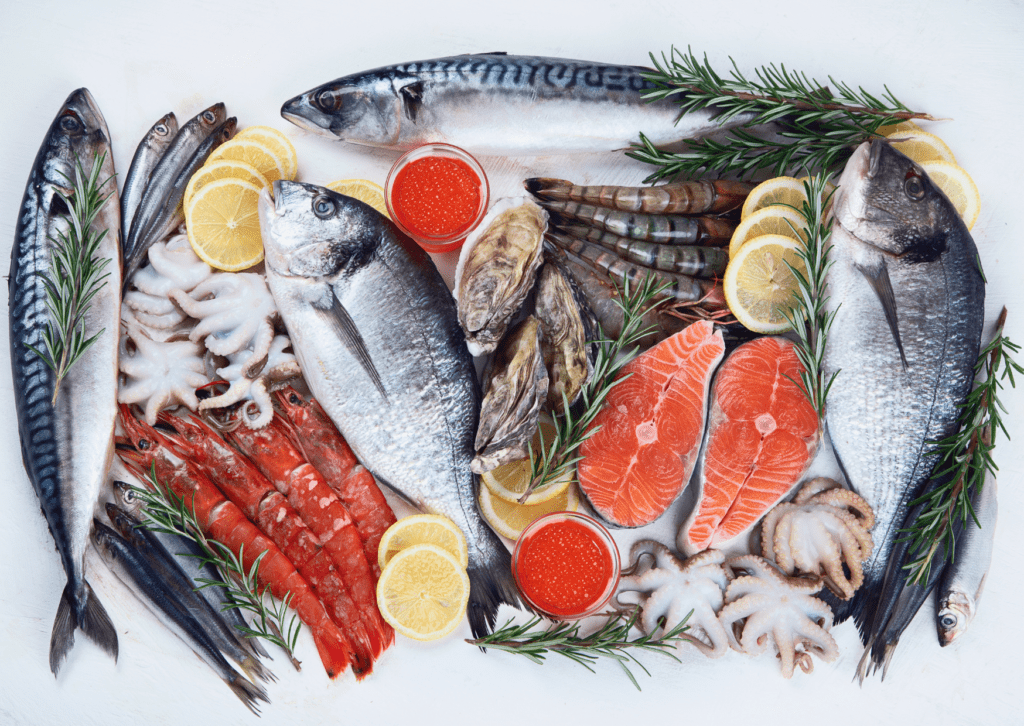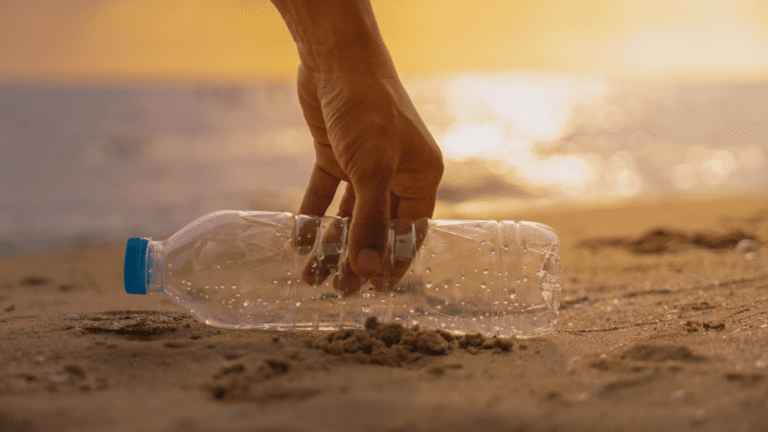Practical ways to protect our biodiversity

While we, as humans, have done much to harm our environment, and our biodiversity continues to rapidly decline, there are changes each of us can make to start turning the tide. Here are some really impactful practical ways that we, as individuals and together, can help nurture our environment and protect our biodiversity.
Why is biodiversity important?
“Nature is our biggest ally, and our greatest inspiration…If we take care of nature, nature will take care of us.” Sir David Attenborough.
Biodiversity is key to our survival.
We are dependent on biodiversity in five core areas: economic, recreational, cultural, scientific and, most importantly, ecological life support. Biodiversity supplies the ecosystems that work to give us oxygen, clean air, water, pollinated plants, pest control, wastewater treatment and many other ecosystem services.
So, protecting our biodiversity is critical.
1. Reduce our consumption
Reducing consumption and reliance on natural resources is essential to relieve pressure on our biodiversity. While we all need to consume less, living in a consumer society makes this a lot easier to say than to do.
However, there are steps we can take to reduce our consumption, whether by reusing or just not buying in the first place. Simply thinking before making a purchase: is this something I actually need? Do I already have something that can serve the same purpose?
2. Eat less red meat
Cows have become infamous as large greenhouse gas emitters. But unsustainable faming practices like land clearing and overgrazing continue to have huge negative impacts on the environment and on biodiversity.
While there are an ever-increasing number of no-meat options available, many find it too difficult to completely exclude red meat from their diet. If that’s you, reducing your intake also makes a difference. If, together, we can significantly cut our red meat consumption, there will be an enormous benefit to both local and global biodiversity.
3. Source sustainable or (MSC) certified seafood

Overfishing and illegal/destructive fishing practices continue. Consequently, our marine biodiversity is in rapid decline.
Buying sustainably sourced or MSC (Marine Stewardship Council) certified seafood can assist in the process of restoring our ocean health. The Good Fish guide is also a useful tool.
4. Check your paper products and timber have FSC certification
While it seems that nowadays we’re all using less paper, old-growth forests continue to be logged for wood chips to be turned into paper products, such as printing paper and toilet paper.
FSC (Forest Stewardship Council) is committed to protecting the world’s forests by providing a certification system that supports responsible forestry. In choosing products with the FSC label, you are helping to care for the world’s forests. You can find FSC certified products in most stores.
5. Be a responsible pet owner

Sadly, the number one killer of native species in Australia is the pet cat. Keeping pet cats indoors or in a cat run not only protects the cat from harm but, importantly, allows native wildlife to live safely in their own environment. Here is some helpful information on keeping your cat safe and healthy whilst responsibly protecting wildlife.
Dog owners also have a responsibility to contain their animals to avoid harming native wildlife. When walking your dog, keeping them on leash as much as possible, even in leash-free areas, will help prevent attacks on native species. And of course, always remember to pick up after them.
6. Plant and maintain a wildlife garden
No matter how small (or big), your garden can provide important habitat for native birds, animals and insects. Together, we can establish neighbourhoods of wildlife gardens to connect and become wildlife corridors, crucial for the survival of a variety of species.
Even small patches of habitat are important for biodiversity. This is a win-win as our well-being also benefits from having access to nature!
Check your local council or garden centre for information on the right plants to benefit wildlife in your area. There are also many great websites like this with useful information.
7. Volunteer your time

There are many local community groups involved in re-establishing and caring for bushland areas. Volunteering with these groups not only helps nurture our biodiversity, it’s also a great way to meet like-minded people. An internet search for environmental volunteering will offer many worthwhile opportunities.
8. Choose biodiversity-friendly investments
Use your money to care for the planet while also saving for retirement. There has been much research showing that responsibly invested super funds have higher returns than conventional funds.
Investing this way, not only supports environmentally conscious businesses, but also sends a powerful message to business leaders that we care about the impact—positive or negative—that their companies make.
9. Have conversations
Finally, let’s all talk about it. Write to your local member and advocate for your local biodiversity concerns, for example, more greenspace.
Conversations can also be powerful. Pass on your enthusiasm for the environment to friends and family and explain the importance of looking after our biodiversity. Tell positive stories about changes you have made to your habits and in your own backyard.
Glimmer is a great community of like-minded people working together to care for each other and our amazing planet. It provides a platform to showcase the good and often-unheard stories and actions of individuals, communities, businesses, and organisations.
So why don’t you join, connect with friends and family, meet new people, be inspired and encourage others in a positive social space.
Sources:
Biodiversity and Chernobyl: a review of David Attenborough’s A Life on our Planet. https://4thgeneration.energy/biodiversity-and-chernobyl-a-review-of-david-attenboroughs-a-life-on-our-planet/
Gardens for Wildlife. https://www.abc.net.au/gardening/factsheets/gardens-for-wildlife/12346606
How to quantify biodiversity footprints of consumption? A review of multi-regional input–output analysis and life cycle assessment. Alexandra Marques, Francesca Verones, Marcel TJ Kok, Mark AJ Huijbregts, Henrique M Pereira. https://www.sciencedirect.com/science/article/pii/S1877343518300058
Small habitats crucial to species survival: study. Gosia Kaszubska. https://www.rmit.edu.au/news/all-news/2018/dec/small-habitat-species-survival
Top ten ways you can help boost Australia’s biodiversity. Chanel Koeleman https://www.rmit.edu.au/news/all-news/2020/jun/top-ten-ways-to-boost-australias-biodiversity
What is biodiversity and why is it important? https://www.bct.nsw.gov.au/what-biodiversity-and-why-it-important









